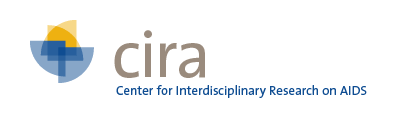| Title | HIV-1 transmission in injection paraphernalia: heating drug solutions may inactivate HIV-1. |
| Publication Type | Journal Article |
| Year of Publication | 1999 |
| Authors | Clatts, M. C., R. Heimer, N. Abdala, L. A. Goldsamt, J. L. Sotheran, K. T. Anderson, T. M. Gallo, L. D. Hoffer, P. A. Luciano, and T. Kyriakides |
| Journal | Journal of acquired immune deficiency syndromes (1999) |
| Volume | 22 |
| Issue | 2 |
| Pagination | 194-9 |
| Date Published | 1999 Oct 1 |
| ISSN | 1525-4135 |
| Keywords | Cooking, Equipment Contamination, HIV Infections, HIV-1, Hot Temperature, Humans, Solutions, Substance Abuse, Intravenous, Syringes |
| Abstract | In response to recent concerns about risk of HIV-1 transmission from drug injection paraphernalia such as cookers, ethnographic methods were used to develop a descriptive typology of the paraphernalia and practices used to prepare and inject illegal drugs. Observational data were then applied in laboratory studies in which a quantitative HIV-1 microculture assay was used to measure the recovery of infectious HIV-1 in cookers. HIV-1 survival inside cookers was a function of the temperature achieved during preparation of drug solutions; HIV-1 was inactivated once temperature exceeded, on average, 65 degrees C. Although different types of cookers, volumes, and heat sources affected survival times, heating cookers 15 seconds or longer reduced viable HIV-1 below detectable levels. |
| DOI | 10.1111/j.1360-0443.2010.03149.x |
| Alternate Journal | J. Acquir. Immune Defic. Syndr. |


